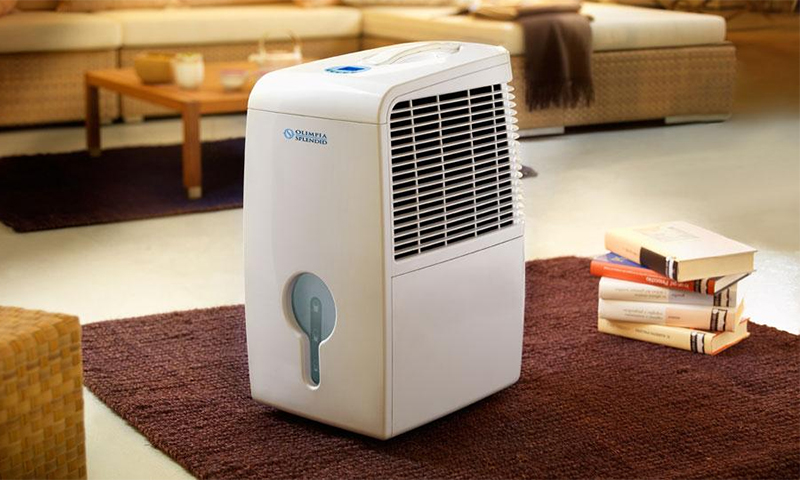Low humidity in the room makes breathing difficult, causes sore throat, and dry dust lifted into the air with each breath enters our lungs. More often, such a violation of the microclimate occurs in winter due to operating heating devices. Allergy sufferers, asthmatics and small children suffer the most from the dry air. To create a comfortable and healthy environment in the house for everyone, you need a good moisturizer. But how to choose the right model?

Content:
The best manufacturers of air humidifiers - which company to choose
Despite the novelty of moisturizing technology, today many manufacturers have adjusted their release. Of course, among them there are leaders and outsiders, so your choice should begin with an acquaintance with successful brands.
If you need a high-quality and reliable machine, pay attention to the products of the following companies:
- Boneco Air-o-Swiss;
- Timberk;
- Sharp;
- Polaris;
- Ballu.
Their products have already earned a reputation as the best - you can read more about them in our humidifier rating. But to make the right choice, you should take into account the characteristics of the humidifier and relate them to the characteristics of the room in which he will work.
The principle of operation and the device humidifier
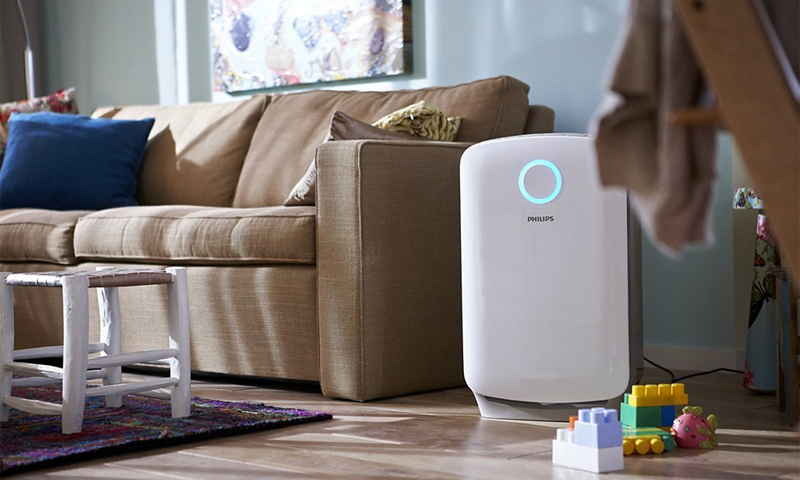
The family of humidifiers for air has managed to grow seriously due to models using different methods of water evaporation. But in general, the design looks like this:
1. Tank - tank with filters, which you will regularly fill with water.
2. A fan, heater, or ultrasonic module are devices that accelerate the evaporation of moisture from the tank and carry it into the air as a suspension.
3. The control panel with sensors (if any design provided).
4. Actually the body - it contains the listed elements.
All humidifiers work according to the same principle: they draw in dry air from the room, in some way or other they saturate it with moisture (some models additionally filter and disinfect it), and then return it back to the room.
As a result of this treatment in the house it becomes easier to breathe, and dust, microbes and allergens are removed from the air.
Types of humidifiers
Traditional (for cold moisture)

Relatively inexpensive devices that are easy to maintain, safe and have low power consumption. They are able to bring the level of humidity in the room to 60%, but it will take a lot of time.
The principle of operation of such a device is simple: water is poured into the tank, after which the built-in fan turns on. It drives dry air through the filter and the “wet zone” and then blows it out.
The performance of cold aggregates is low — only 4–8 l / day, so it will be infrequent to add some water. The main thing is not to forget to change the filter every 2-3 months.
Pros:
- Simplicity of design;
- Minimal care;
- Economical power consumption;
- High-quality air moistening;
- Affordable price;
- Many models already come with air ionizers.
Minuses:
- Slow increase in humidity;
- The fan noise of 40 dB is uncomfortable.
Steam

Steam humidifier is more like a non-switched electric kettle. There is a separate pan with installed heating elements, where water boils, and steam is sent to the chamber with access to the sprayer.
The performance of such devices is 7-16 l / day, so they require more attention. Constant heating also does not pass without a trace for the equipment, because of which the resource of steam units is seriously reduced.
Pros:
- High performance;
- No need to constantly change filters;
- There is no limiting degree of moisture - you can create any conditions in the room.
Minuses:
- High power consumption;
- Dangerous steam temperature at the outlet;
- Noisy work.
Ultrasound

Today it is the most common and popular types of humidifiers. They are fairly quiet, have an attractive design, quickly saturate the air with moisture, and most importantly - are completely safe in everyday life.
The principle of operation of such units is interesting. Here, a special plate vibrates with ultrasound speed, breaking the water into tiny droplets. Then the resulting suspension spreads around the room using a fan.
Almost all ultrasonic models are additionally equipped with a hygrometer, which shows the level of humidity in the house - very convenient. But such a wonderful device still requires a certain care: periodically changing filters and topping up purified water. But in terms of its performance, it is almost as good as steam models, yielding about 7-14 liters of wet steam per day.
Pros:
- Compact size;
- Safety in use;
- Relatively quiet operation (30-35 dB);
- Give fast and high-quality hydration;
- The presence of a hygrometer to control humidity in the room;
- You can set the desired climatic conditions for a particular room.
Minuses:
- High price;
- Requires pouring pre-treated water.
Air cleaners (cleaners)

These are already more serious and complex devices that, in addition to the usual humidification, are able to clean the atmosphere of the room from dust and foreign smells. Here the dirty and dry air passes through a whole cascade of various filters and a rotating “wet” drum.
Thus, it is cleaned from dust and other extraneous suspensions that remain in the water and drain into a special pan. Clean and moistened air with a fan is blown into the room. All you need to do is pour water into your sink and flush the tank once a month. The fluid flow in such devices is 8-10 l / day.
Pros:
- High-quality air moistening with cleansing from dust and odors;
- The possibility of flavoring the room;
- Moderate energy consumption for such an efficient device;
- Safety in use;
- Easy care.
Minuses:
- High price;
- Low throughput.
Climatic complexes
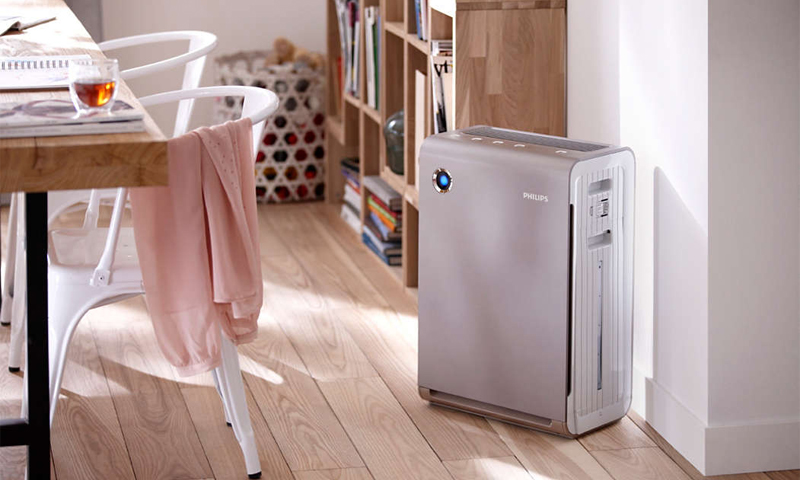
The most complex and functional devices responsible for creating a comfortable microclimate in the house. In addition to humidifying the air, they clean it, disinfect it, flavor it, and generally keep it under control all the time.
Climatic complexes are equipped with a mass of sensors that are able to pick up smoke, monitor the level of dust and the content of bacteria in the ambient air. But in essence, these are the same sinks, only more sophisticated.
Despite the wide possibilities, servicing such equipment is not more difficult than other types of humidifiers.
Pros:
- Multifunctionality;
- The highest performance (14-20 l / day);
- Maximum cleaning and disinfection of air;
- Full control of the microclimate in the room.
Minuses:
- Very high cost - both the equipment itself and consumables for it.
Humidifier selection options
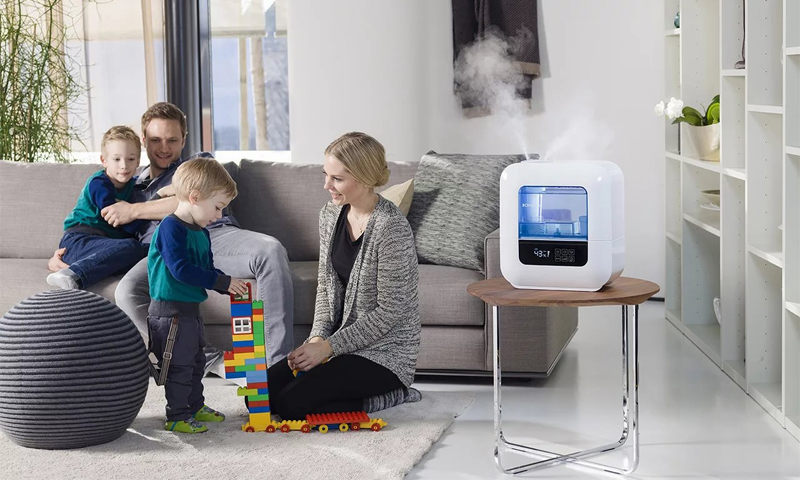
Power and performance
Electricity consumption is a very important parameter when choosing climate technology, as humidifiers work almost around the clock, winding up a decent amount on the meter.
Depending on the chosen design, the power of the unit may vary widely:
1. From 5 to 70 watts consume conventional humidifiers;
2. From 15 to 100 - ultrasound models;
3. From 200 to 500 - steam;
4. From 150 to 400 watts spend washing and climate systems.
The capacity of the humidifier is often closely related to its performance, that is, the rate of saturation of air with steam. The only exceptions are TEN units, which spend a lot of energy to heat the liquid.
In the case of complex climate technology, in which air is additionally “flushed”, the throughput of the device also affects performance. It varies in the range of 90-500 мз / h. But when buying it is more convenient to focus on the serviced area of the room (here you can choose the appropriate value in the range of 15-100 m2).
Tank capacity
Designers select it, given the performance and the permissible dimensions of the humidifier. But as a buyer, it is more important for you to correlate the volume of the internal tank with the area of the room.
When choosing a humidifier, be guided by the following numbers:
1. For rooms up to 15 square meters. m enough tank volume of 2.5 liters;
2. For 20-40 square meters. m will need about 5 liters;
3. In a large room with an area of up to 70 squares need a tank of 7-9 liters.
Also pay attention to the performance of the selected machine: by linking it with the tank capacity, you will understand how often you have to add water. If the humidifier evaporates up to 300 ml / h, then a 5-liter tank is enough for the device to work from morning to evening.
Filters
This is the basis of any effective air humidifier, which will simultaneously clean it from dust and other contaminants. But do not forget that the filter elements - consumables, and many of them will have to re-buy regularly.
Depending on the functionality of the humidifier, it can use the following types of filters:
1. Pre-cleaning
The simplest mesh filters made of cloth, plastic or metal. Designed for primary air purification and are able to capture only large particles of dust. As a rule, these are serviceable items, that is, they can be washed and used further.
2. Coal
These are fine filters, where all the work is done by activated carbon. They catch the fine dust, but best of all cope with the removal of foreign odors. Require a complete replacement every 3-6 months.
3. Photocatalytic
In fact, it is the same fine carbon filter that can deodorize the air and absorb viruses, bacteria, and also some toxins like carbon monoxide. And here it is not just mechanical filtration, but the complete decomposition of pollutants.
The beauty is that after the development of the cartridge life it is not necessary to immediately change it - just “fry” for several hours in the sun, and the filter properties will be restored by about 95%.
4. Electrostatic and Plasma
Designed for targeted control of specific pollutants: purify the air from cigarette smoke, flower pollen, individual toxins and the smallest dust of up to 0.01 microns in size.
Such filters are a set of metal plates on which dust particles settle under the action of a magnetic field. Plasma cartridges work on a different principle - they simply burn out active organics in the air using high voltage.
5. HEPA and ULPA
Very effective, but expensive filters that can clear the air of various allergens, dust mites, bacteria, etc. HEPA models capture up to 99.1% of impurities, ULPA up to 99.9%. Such filters are made of a special porous material based on fiberglass.
Availability of additional functions
If you need not just humidifying the air in the room, but also improving its quality, you should choose a device with additional functions:
1. Ionization is the saturation of the atmosphere with negative ions, of which there are so many in the fresh mountain air and so few in closed rooms.
2. Aromatization - gives the cleaned air a pleasant smell and even healing properties, if you use useful essential oils for this.
3. Ozonation and UV treatment is a safe way to kill bacteria in the atmosphere of a room.
Control methods
It all depends on the complexity of the humidifier and the number of options implemented in it. If you choose a simple and inexpensive device with minimal functionality, mechanical control will be convenient. Those who want to squeeze the maximum out of the humidifier, more suitable electronic. Well, if the remote control is attached to the “smart” model.
Presence of indicators
Where, where, and in the humidifier extra indicators do not interfere. They will help you better control the operation of the device and the state of the air in the room. But the expediency of their use will have to be assessed in each individual case.
In addition to the indicator of inclusion in the design of the humidifier can be such sensors:
1. Liquid level indicator - its presence makes sense only if the water edge is not visible through the tank body.
2. The humidity indicator in the room - hygrometer. Newfangled chip, which manufacturers are trying to attract buyers. In fact, in cheap models, built-in hygrometers do not differ in accuracy, so their presence should not be considered an advantage. But on expensive sinks and climate complexes such a sensor is required.
3. Thermometer - necessary to create a comfortable humidity at a given room temperature.
4. Information about the current mode of operation is useful to owners of multifunction devices.
5. Indication of the state of the device - helps to determine the failure, and also shows which filter is already refining its resource and will soon require replacement.
Safety and comfort
Actually, all air humidifiers are relatively safe, with the exception of steam models. These produce hot steam, so if there are small children in the house, it is better to discard them in favor of “cold” appliances.
The issue of comfort is the noise performance of climate technology. Here the choice must be made according to the principle: the quieter the better. In 80% of cases, the volume of the device is directly related to its power and ranges from 5 to 55 dB. The best option is the figure of 30-35 dB, but the quieter your humidifier works, the more comfortable it will be to be in the same room with it.
Placement method
Humidifiers are of 2 types: floor and table.
1. Outdoor devices are bulky, multifunctional models that are designed to work in large areas.
2. Desktop devices are compact, but despite their modest dimensions, they are no less effective in everyday life.
Which humidifier to choose

1. If you need a humidifier without frills, but just to make the room easier to breathe, choose the traditional "cold" model. Minimum functions and low water consumption will help you quickly get used to the device, which does not deliver much trouble.
2. In a nursery or bedroom, it is better to put a quiet ultrasonic humidifier with a small volume of the tank in order to update the water in the tank more often. Moreover, almost all such devices already come with a useful ionization function.
3. If you need to create greenhouse conditions in one of the premises (for example, arrange the tropics in a greenhouse), you can take a steam humidifier that does not have moisture limiters. The same device is suitable for urgent improvement of air quality when you arrive at the cottage.
4. Residents of large cities, as well as families where there are allergy sufferers or recently born children, a simple humidifier will not be enough. Here you need a quality wash for air.
5. In spacious rooms with humidification and cleaning, only a large climate complex with the maximum number of filtration stages will cope.
How much is a humidifier
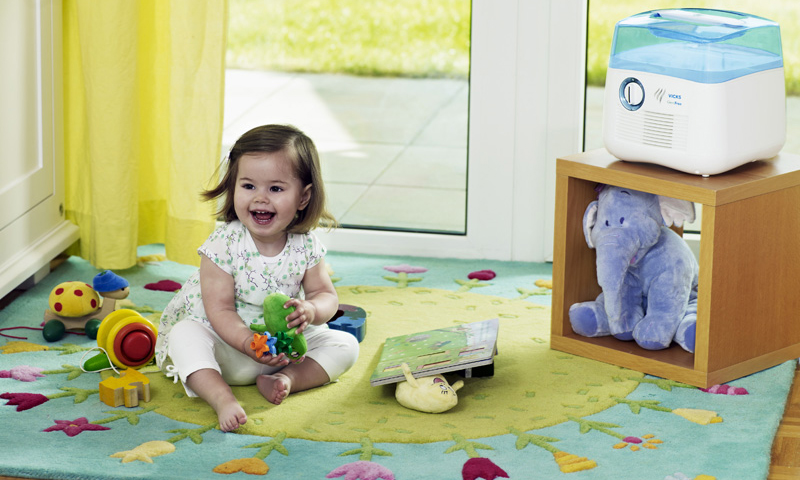
1. The price of traditional humidifiers with a fan starts from 2,700 rubles for the simplest model and comes to 12 thousand for a system with adjustable speed.
2. Steam units are in the range of 5-15 thousand rubles.
3. Ultrasonic devices have a fairly large range of prices - from 500 rubles to 20 thousand.
4. For air purifiers (air washers) the range is even wider - from 500 rubles for a low-power model for a room of 15 m2 to 135 thousand for a large climatic complex designed for spacious rooms from 100 squares.
It will be interesting to friends too




